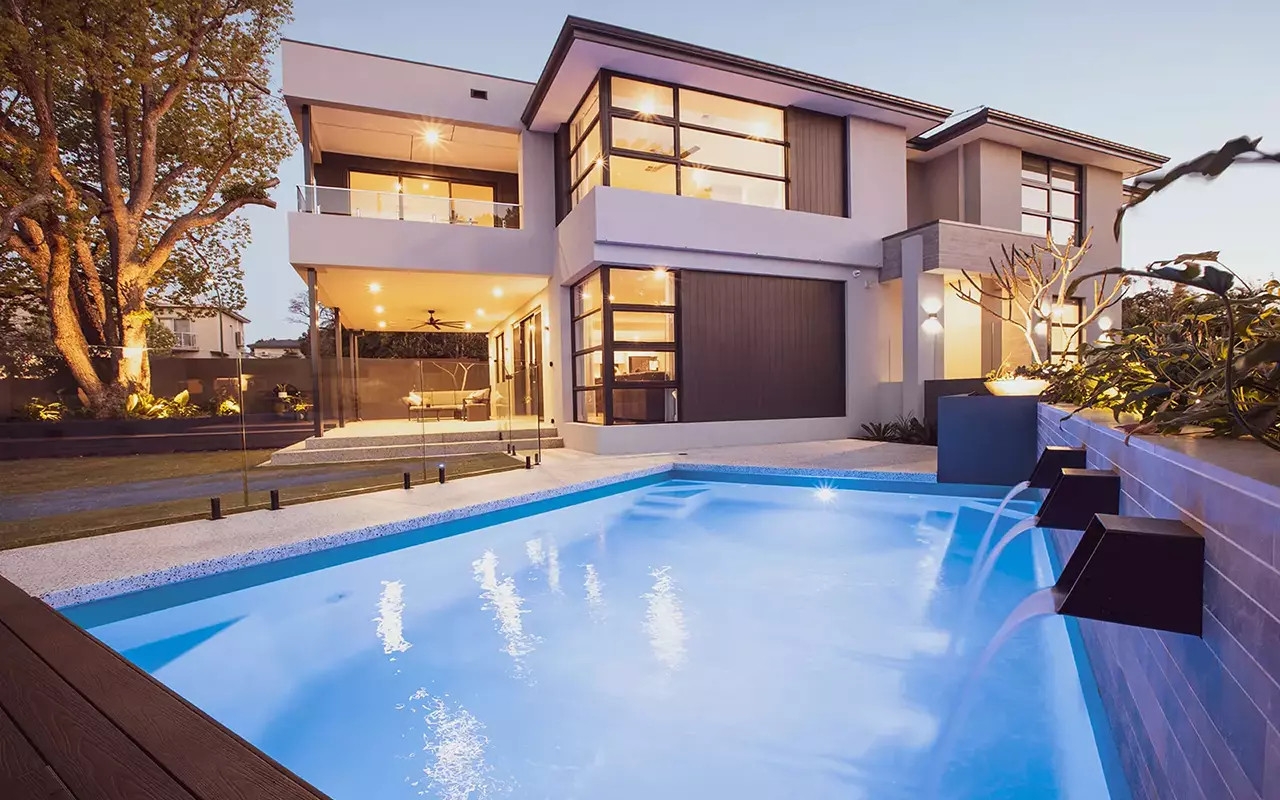

Plunge pools have become increasingly popular among homeowners in recent years, and it's easy to see why. These small, deep pools offer a range of benefits that make them a great addition to any backyard.
One of the main advantages of having a plunge pool is their compact size. Unlike traditional swimming pools, which can take up a lot of space, plunge pools are small and can fit into almost any backyard. This makes them ideal for people with limited outdoor space who still want to enjoy the benefits of owning a pool.
Another benefit of having a plunge pool is their affordability. Because they are smaller than traditional pools, they require less water and fewer chemicals to maintain, which can save you money in the long run. Additionally, plunge pools are often easier to install than larger pools, which can also help keep costs down.
Plunge pools are also great for relaxation and exercise. The deep water allows for swimming and water exercises, while the compact size creates a cozy and intimate setting for unwinding after a long day. Whether you're looking to cool off on a hot summer day or relax with friends and family, a plunge pool provides the perfect space to do so.
In conclusion, there are many benefits to having a plunge pool in your backyard. From their compact size and affordability to their versatility for relaxation and exercise, these small pools offer a range of advantages that make them an attractive option for homeowners looking to enhance their outdoor living space.
Plunge pools are compact and versatile swimming pools that offer a refreshing escape without requiring the space and maintenance of larger pools. Ideal for smaller backyards or urban environments, these pools can transform a modest area into a relaxing retreat. Here’s why you should consider a plunge pool for your outdoor space.
Space Efficiency: One of the primary advantages of plunge pools is their size. They can be installed in a variety of settings where traditional pools might not fit, such as small gardens, courtyards, or even on terraces in some cases. Their compact nature makes them a practical choice for adding water elements to limited spaces.
Cost-Effective: Compared to full-sized swimming pools, plunge pools are more affordable to install and maintain. They require fewer materials for construction and less water to fill, which also means lower ongoing costs for water treatment and heating.
Easy Maintenance: With less surface area to manage, plunge pools are easier to keep clean and balanced. The smaller volume of water simplifies the chemical management process, reducing the time and money spent on pool care.
Aesthetic Appeal: Plunge pools can serve as a focal point in your garden or patio. They can be customized with tiles, lighting, and water features to enhance their visual appeal and integrate seamlessly with your existing landscaping. The result is not only functional but also enhances the overall beauty of your property.
Health and Wellness: A plunge pool offers various health benefits. They are perfect for cooling off on hot days, and the water resistance is ideal for low-impact exercise, which can be beneficial for those with joint issues or limited mobility. Additionally, they can be equipped with hydrotherapy jets, offering therapeutic benefits to relax muscles and improve circulation.
Increases Property Value: Adding a plunge pool can increase the value of your home by improving its outdoor living appeal. A well-designed pool area can make your property more attractive to potential buyers, should you decide to sell in the future.
Whether you’re looking to enhance your quality of life, enjoy the therapeutic benefits of water, or simply increase the value of your home, a plunge pool is a versatile and beneficial addition to any property.
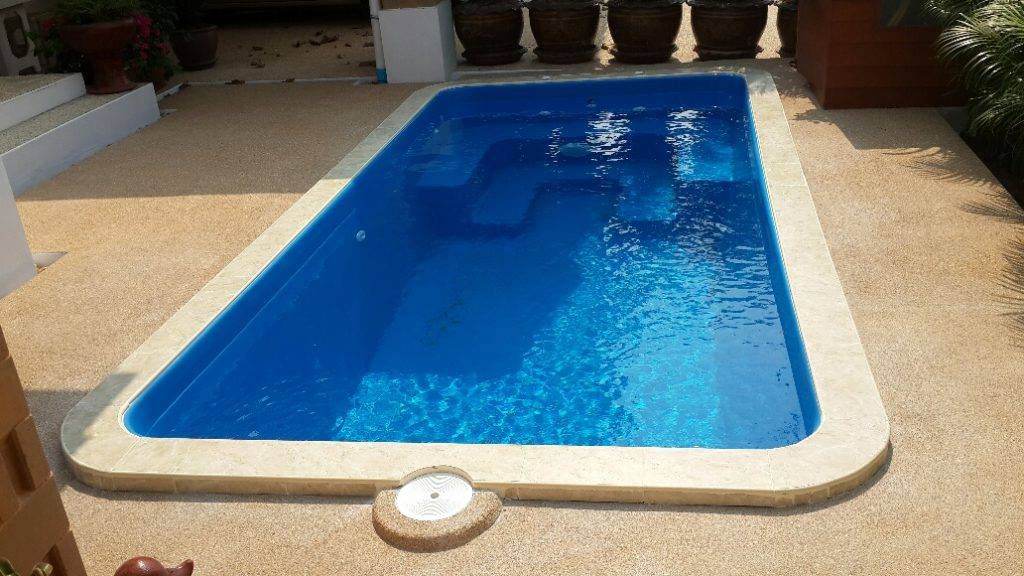
When it comes to installing a plunge pool kit, one of the biggest decisions you'll have to make is whether to tackle the project yourself or hire a professional.. Both options have their pros and cons, but one factor that often weighs heavily on people's minds is cost. DIY installation can be appealing because it allows you to save money on labor costs.
Posted by on 2024-11-25
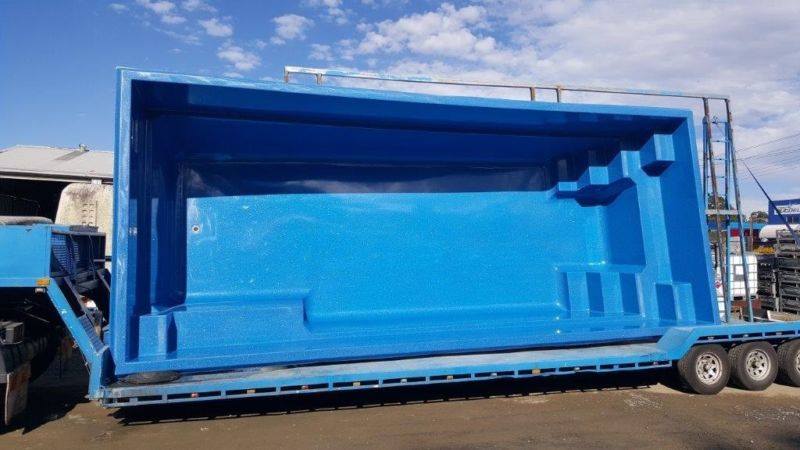
When it comes to choosing the right size and shape for your plunge pool kit, it's important to consult with a professional who can provide guidance and recommendations.. A plunge pool is a great addition to any backyard, but getting the size and shape just right is crucial for both aesthetics and functionality. A professional can help you consider factors such as the available space in your backyard, your budget, and how you plan to use the plunge pool.
Posted by on 2024-11-25
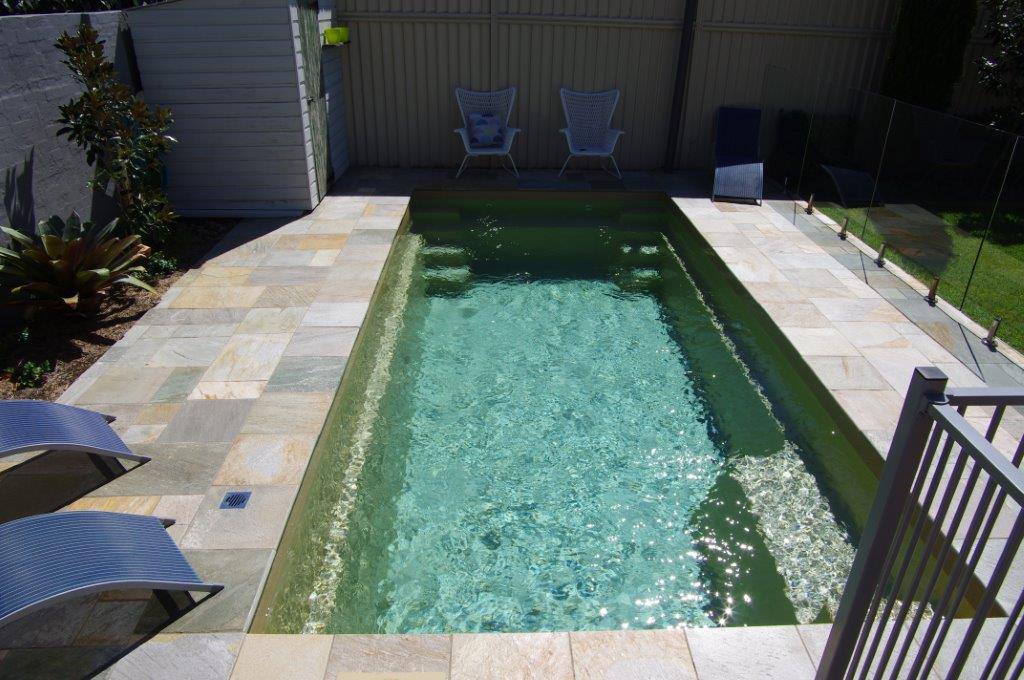
When it comes to creating a relaxing and stylish outdoor space, incorporating a plunge pool kit can be a fantastic idea.. Not only does it add a touch of luxury, but it also provides a refreshing oasis for you to enjoy during the hot summer months. To ensure that your plunge pool stays in top condition, it's important to follow maintenance and care guidelines.
Posted by on 2024-11-25
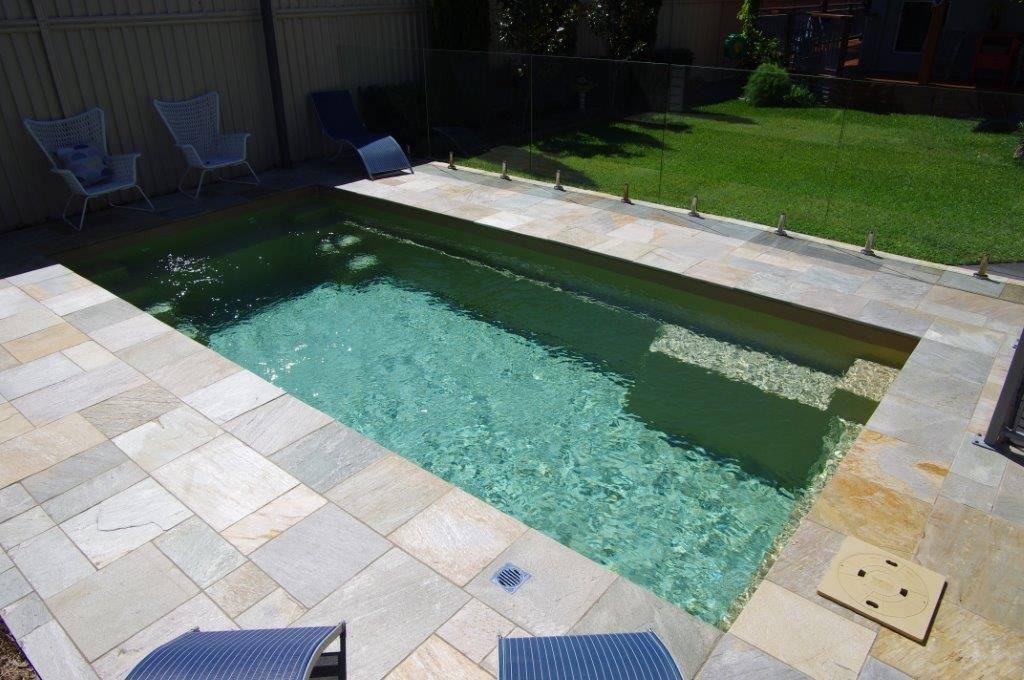
Keeping your plunge pool kit clean and well-maintained is crucial for ensuring its longevity and optimal performance.. One of the most important maintenance tips is to schedule regular professional maintenance checks to ensure all components are functioning properly. By having a professional inspect your plunge pool kit on a regular basis, you can address any issues before they become major problems.
Posted by on 2024-11-25
| Neerabup Perth, Western Australia | |||||||||||||||
|---|---|---|---|---|---|---|---|---|---|---|---|---|---|---|---|
 Agricultural land on Wattle Avenue | |||||||||||||||
 | |||||||||||||||
| Coordinates | 31°41′28″S 115°46′37″E / 31.691°S 115.777°E | ||||||||||||||
| Population | 112 (SAL 2021)[1] | ||||||||||||||
| Postcode(s) | 6031 | ||||||||||||||
| Area | 34 km2 (13.1 sq mi) | ||||||||||||||
| Location | 36 km (22 mi) from Perth CBD | ||||||||||||||
| LGA(s) | City of Wanneroo | ||||||||||||||
| State electorate(s) | Mindarie | ||||||||||||||
| Federal division(s) | Pearce | ||||||||||||||
| |||||||||||||||
Neerabup is a rural locality in Perth, the capital of Western Australia, within the local government area of the City of Wanneroo.
Prior to European settlement, the Noongar people had lived in the area for more than 40,000 years, taking advantage of the abundant food and water around the chain of wetlands on the coastal plain. In winter, they moved eastwards away from coastal weather, to return in summer as inland supplies dried up. The Mooro people (led by elder Yellagonga during the early years of European settlement) stretched from the Moore River near Guilderton to what is now the Perth central business district, and used to move between Lakes Joondalup, Neerabup and Yanchep.
In 1865, European settlers established the Aboriginal tracks as a stock route from Dongara to Fremantle, travelling along the west side of the lakes. Lake Neerabup was first recorded by surveyor J. Cowle in 1867, the name being a Noongar word which possibly means "swampy place" or "small basin". The part of the stock route between Joondalup and Yanchep is now part of the Yaberoo Budjara Heritage Trail, part of the Bicentennial Heritage Trails Network established in 1988.[2]
The area was often spelled Neerabub, especially by postal and telecommunications authorities, until as recently as the 1960s. It was approved as a suburb name in 1982.[3]
Neerabup is bounded by Wattle Avenue to the north, the Mitchell Freeway to the west, Pinjar Road to the east and Flynn Drive and Burns Beach Road to the south.[4]
Neerabup's population was not measured at the 2001 Australian census.[5]
Neerabup is a sparsely populated agricultural suburb. Several plant nurseries, a fruit and vegetable shop at Menchetti Road and the Neerabup Lake wetland are situated along Wanneroo Road. The western strip between Wanneroo Road and the proposed Mitchell Freeway is approximately the southern half of the Neerabup National Park. The area also contains a golf course, small wineries, a small industrial area on Flynn Drive and several sand and limestone quarries.
Neerabup is home to the Wanneroo Raceway, a 2,411-metre (1.498 mi) road racing circuit. Wanneroo Raceway, which opened in 1969, is the home of motor racing in Western Australia and hosts an annual round of the Supercars Championship.
Neerabup is also home to the Pinjar Park Speedway which opened in 2005. Pinjar Park is a 142-metre (155 yd) Motorcycle speedway which regularly hosts national and international meetings and caters to both senior and junior solo and sidecar racing. Pinjar Park is considered small for a speedway in Australia, with most tracks around the country ranging from 350 metres (380 yd) to 600 metres (660 yd) in length. For the bikes, the speedway replaced the old 550-metre (600 yd) Claremont Speedway which had run from 1927 until 2000, and the Bibra Lake Speedway which closed in 2004.
Neerabup is not served by public transport. The nearest Transperth bus service is the 391 between Joondalup train station and Carramar 2 kilometres (1.2 mi) to the south. These services are operated by Swan Transit.
Neerabup's political leanings are unclear due to its small size and the lack of a polling booth. The nearest large booths tend to favour the Australian Labor Party historically, although most have been won by the Coalition in recent times, especially at federal level.
Yes, there are various sizes and shapes available for plunge pool kits to accommodate different spaces and personal preferences.